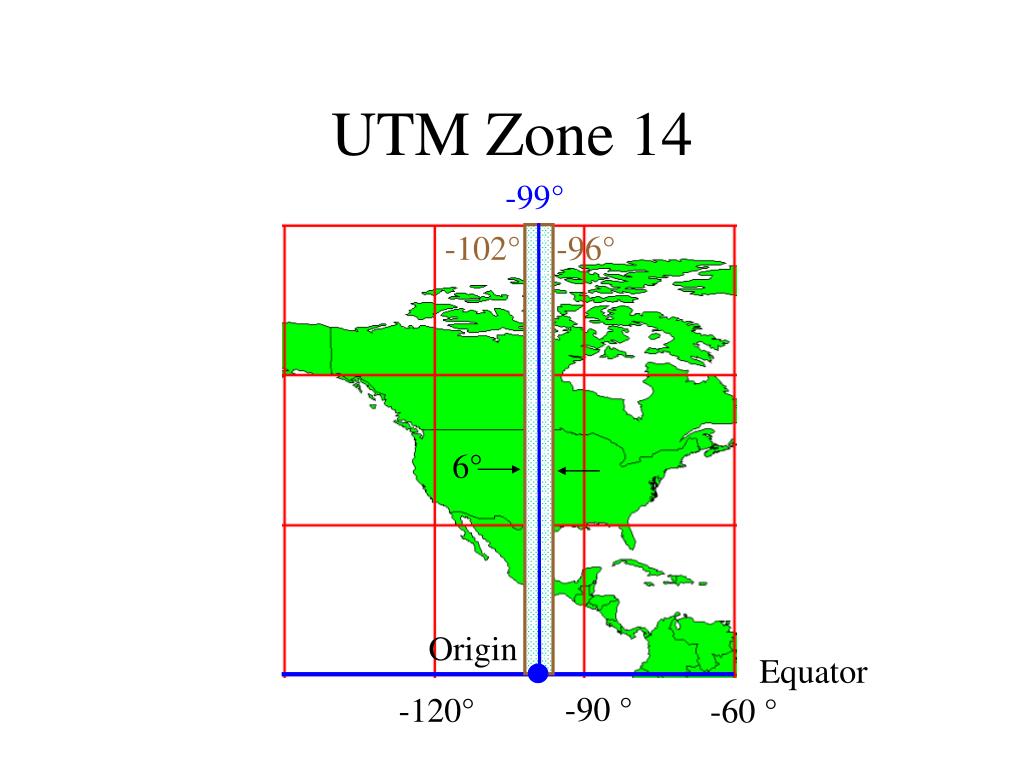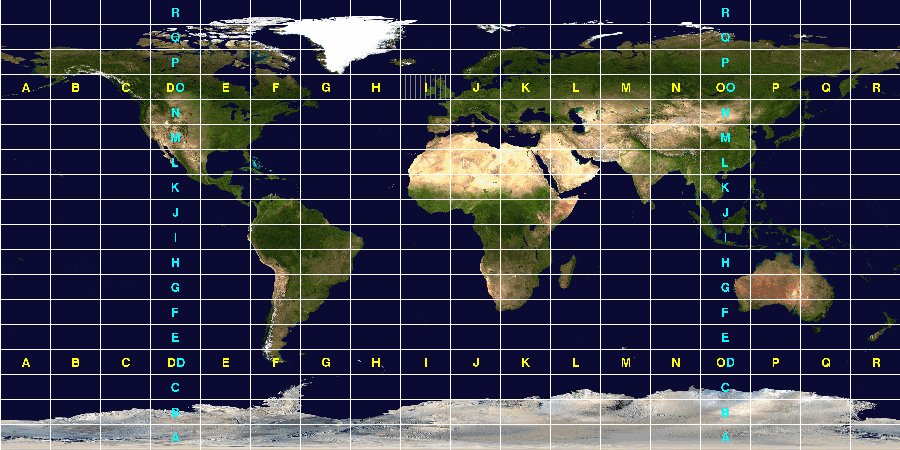

As is obvious, besides the usual UTM zones we have now additional ATM zones e.g. A schematic view of the ATM and UTM is shown in Figure 1. All other parameters of the ATM remain same as UTM. Our proposed system defines an alternate TM (ATM) projection system for which the central meridians are parallel to the central meridians of UTM but shifted by 3 degrees to East. In this article we propose an alternate system of projections which alleviates the problem of selecting the UTM zones for study areas lying in two successive UTM zones for large scale maps derived from high spatial resolution datasets. The non-conformity to one global system leads to difficulty in working with these maps produced by different agencies, as they do not conform to one meta-data system. Further, different agencies use different names to represent their local projection. Though, this map serves the purpose locally well, it results in different central meridians being selected by different agencies. In general, it is observed that in these cases, the cartographers select the central meridian at the centre of the area of interest. As a result, cartographers cannot select the UTM and therefore reluctantly choose a locally suitable projection like Transverse Mercator or Lambert Conical Conformal (LCC) with appropriate parameters. some parts of Dehradun, situated in North India, fall in zone 43 and others in zone 44. Map makers, nationally and internationally, have been facing a frequent dilemma of selecting the UTM zone for a particular study area which falls in two consecutive zones e.g. For India, the UTM zones vary from 42 to 47 starting from the state of Gujarat on the extreme left to Arunachal Pradesh on the extreme right. Also, the project parameters vary for the northern and southern hemispheres. The other parameters, namely the scaling factor, latitude of origin, the false easting and northing, semi-major axis and flatness remain the same. This implies that the difference in the meridians for two consecutive zones is 6 degrees. Although, officially the UTM zones extend up to 3.5 degrees on both the sides of the central meridian to allow for one degree of overlap, the standard is to restrict the extension up to 3 degrees. The central meridians in each of these zones are different. On the other hand, UTM is a special form of Transverse Mercator projection where the Earth is divided into various zones numbered from 01 to 60. With the TM projection, for a particular study area, a cartographer selects a central meridian, a latitude of origin, the false easting and false northing and the scaling factor, in addition to the semi-major axis and the flatness (1/f) factor. The UTM system is a specialized version of the Transverse Mercator (TM) cylindrical projection system.
#Utm zones usa series#
SoI has also started generating a public series of maps in this popular combination, in order to comply with the need for standards. Currently, the Universal Transverse Mercator (UTM) projection system is the most popular system for making maps or executing projects in combination with the WGS84 datum. Thus, cartographers have been shifting to other standard systems of projection. Modern applications are now demanding maps at higher scales and precision.

The organisation conducts surveys at regular intervals and generates classified and nonclassified topographic map sheets using a polyconic system of projection. The Survey of India (SoI) is the pioneer surveying and mapping agency for India.

Our proposed system defines an alternate TM (ATM) projection system for which the central meridians are parallel to the central meridians of UTM but shifted by 3 degrees to Eastĭepartment of Civil Engineering, MGM’s Jawaharlal Nehru Engineering College, Aurangabad, Maharashtra, Indiaĭepartment of Civil Engineering, Indian Institute of Technology, Kanpur, Uttar Pradesh, India


 0 kommentar(er)
0 kommentar(er)
